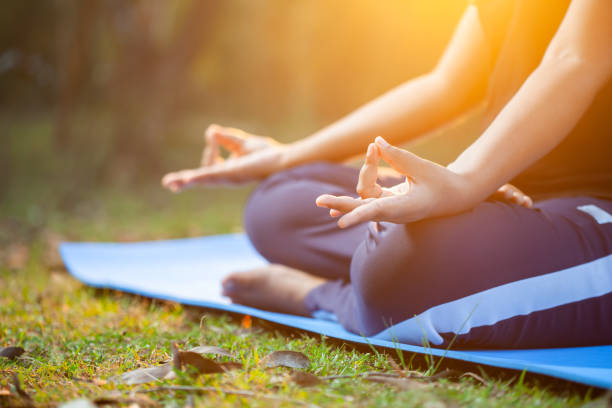In a world increasingly saturated with distractions, mental clarity is a precious commodity. Many seek it through meditation, journaling, or even digital detoxes—but one crucial factor is often overlooked: movement. Not just exercise for fitness, but the movement as a form of energy balance—something that affects both our mental and physical well-being more deeply than we might realise.
The human body was designed to move. Yet, modern life encourages long hours of sitting—at desks, in cars, or on couches—leading to stagnant energy and, often, mental fog. Research has consistently shown that even light physical activity can improve focus, cognitive function, and mood.
Contents
Energy Flow and Holistic Wellness
Beyond the neurological effects of exercise, there’s a more holistic concept to explore: the way physical movement helps regulate and balance the body’s internal energy systems. Many Eastern traditions view energy flow as central to health. In traditional Chinese medicine and Thai wellness practices, movement—whether through yoga, martial arts, or massage—is considered a vital part of harmonising the body and mind.
When energy (or chi, as it’s known in Chinese tradition) is blocked, people may experience fatigue, irritability, and poor concentration. The solution? Encouraging energy flow through intentional, restorative practices.
Movement Therapies That Promote Clarity
This is where ancient movement-based therapies offer insight. For example, practices like Thai massage blend assisted stretching with rhythmic compression, stimulating energy lines in the body and promoting both physical flexibility and mental release. For those feeling burnt out or disconnected, therapies like Thai massage in Reading offer more than relaxation—they help recalibrate your energy, creating space for clearer thinking and a lighter mood.
Other Restorative Practices Worth Exploring
Beyond massage, other forms of therapeutic movement include tai chi, qigong, or even mindful walking. These practices share a common goal: grounding the individual in the present moment while promoting circulation and calming the nervous system. They are slow, intentional, and deceptively powerful. Studies suggest these methods can reduce anxiety, enhance emotional regulation, and improve memory.
A Shift in Perspective
The key is consistency. Just a few minutes of daily movement—done with awareness—can shift how we feel and think. It’s not about high-intensity workouts or rigid routines; it’s about tuning in to what your body needs and allowing motion to become a tool for mental clarity. This could mean a short yoga session in the morning, stretching during a break, or regular sessions with a qualified therapist trained in energy-based techniques.
Reclaiming Clarity Through Movement
In the end, restoring balance doesn’t require drastic change. What it calls for is a shift in perspective: viewing movement not just as exercise, but as a necessary ingredient in maintaining mental sharpness. If your mind feels scattered, your thoughts sluggish, or your creativity blocked, consider that your body might be craving movement—not more screen time or another cup of coffee.
Reconnecting with your physical self is often the first step toward regaining focus. It’s about allowing your energy to flow—freely, fully—and watching as clarity follows.



